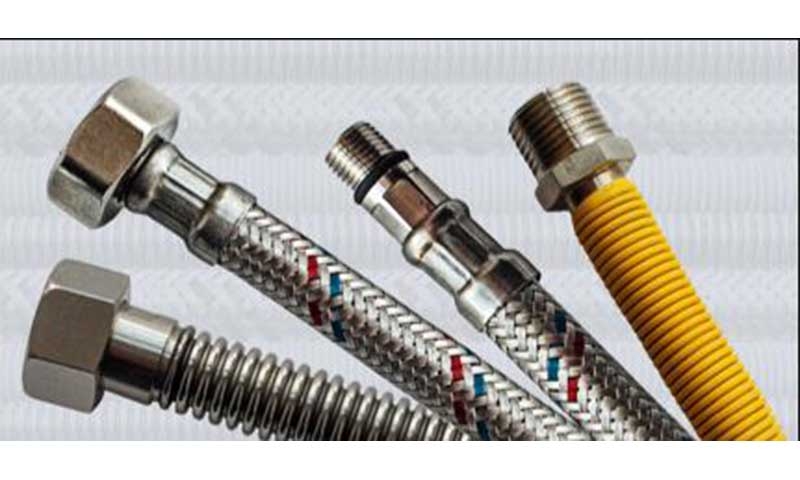Progress in Land Registration in Mondulkiri
In a recent government report, authorities announced significant advancements in land registration efforts in Mondulkiri province. Nearly 90,000 hectares of land have been surveyed and registered, leading to over 40,000 land ownership certificates being issued. During a conference held on November 26, 2024, the Department of Land Management, Urban Planning, Construction, and Cadastre highlighted the […]
ADB Approves USD50 Million Loan to Elevate Cambodia’s SME Sector
In a significant boost to Cambodia’s economy, the Asian Development Bank (ADB) has approved a loan of approximately USD50 million to enhance the business environment for micro, small, and medium-sized enterprises (MSMEs) in the country. The initiative, highlighted in a recent press release, is designed to promote competitiveness and reduce trade barriers within Southeast Asia. […]
Daikin Expands Operations in Cambodia, Boosting Local Economy
Japanese air conditioning giant Daikin has inaugurated its expanded operations in Cambodia, showcasing growing investor confidence in the nation’s economy. The ceremony, led by HE Hem Vandy, Minister of Industry, Science, Technology, and Innovation, marks a key milestone for both the company and Cambodia’s industrial sector. Minister Hem Vandy highlighted that Daikin currently supports over […]
Thailand Announces New Bridge Project to Strengthen Ties with Cambodia
In a significant move to enhance cross-border connectivity, the Thai government has unveiled plans for a new bridge that will permanently link Chanthaburi province in Thailand with Pailin province in Cambodia. The project, set to cost approximately 15 million baht, aims to boost trade and tourism between the two nations. As reported by the Bangkok […]
Arabic Firm DP World Explores Investment Opportunities in Cambodia’s Transport and Industrial Sectors
DP World, a global leader in logistics and transport based in the UAE, has expressed strong interest in investing in Cambodia’s transport infrastructure and industrial park development, marking a pivotal step for the Kingdom’s economic future. The announcement came during a meeting between PM Hun Manet and His Excellency Sultan Ahmed Bin Sulayem, Chairman of […]
Cambodia Reaches 83% Completion in Tonle Sap Lake Boundary Marker Installation
Cambodia has achieved a remarkable milestone in its boundary marker installation initiative around Tonle Sap Lake, completing over 83% of the planned 1,069 markers in just 242 days. The project, spearheaded by the Tonle Sap Authority, spans six provinces and highlights significant progress in delineating protected areas for sustainable management. This achievement was reported during […]



 ខ្មែរ
ខ្មែរ







